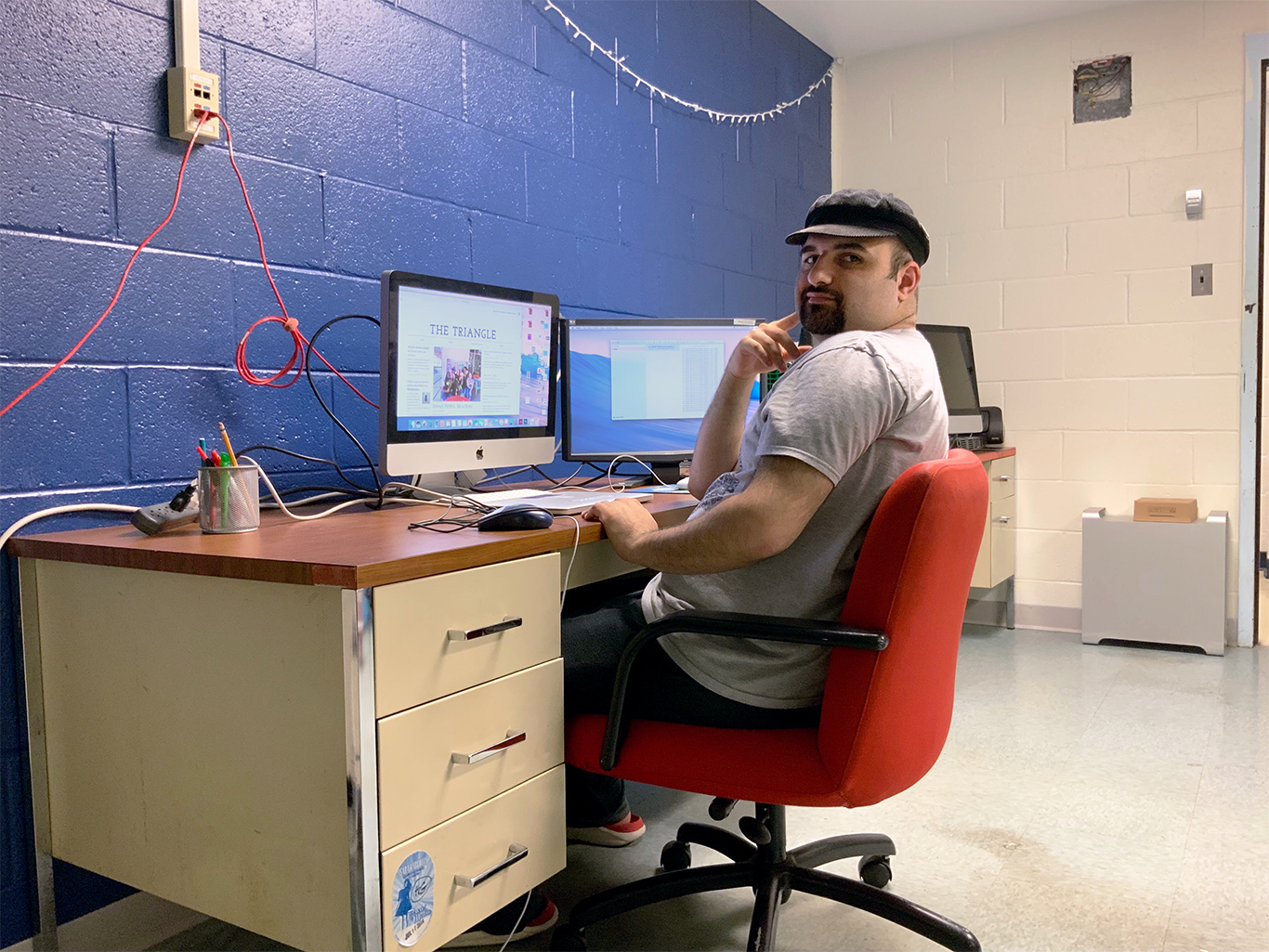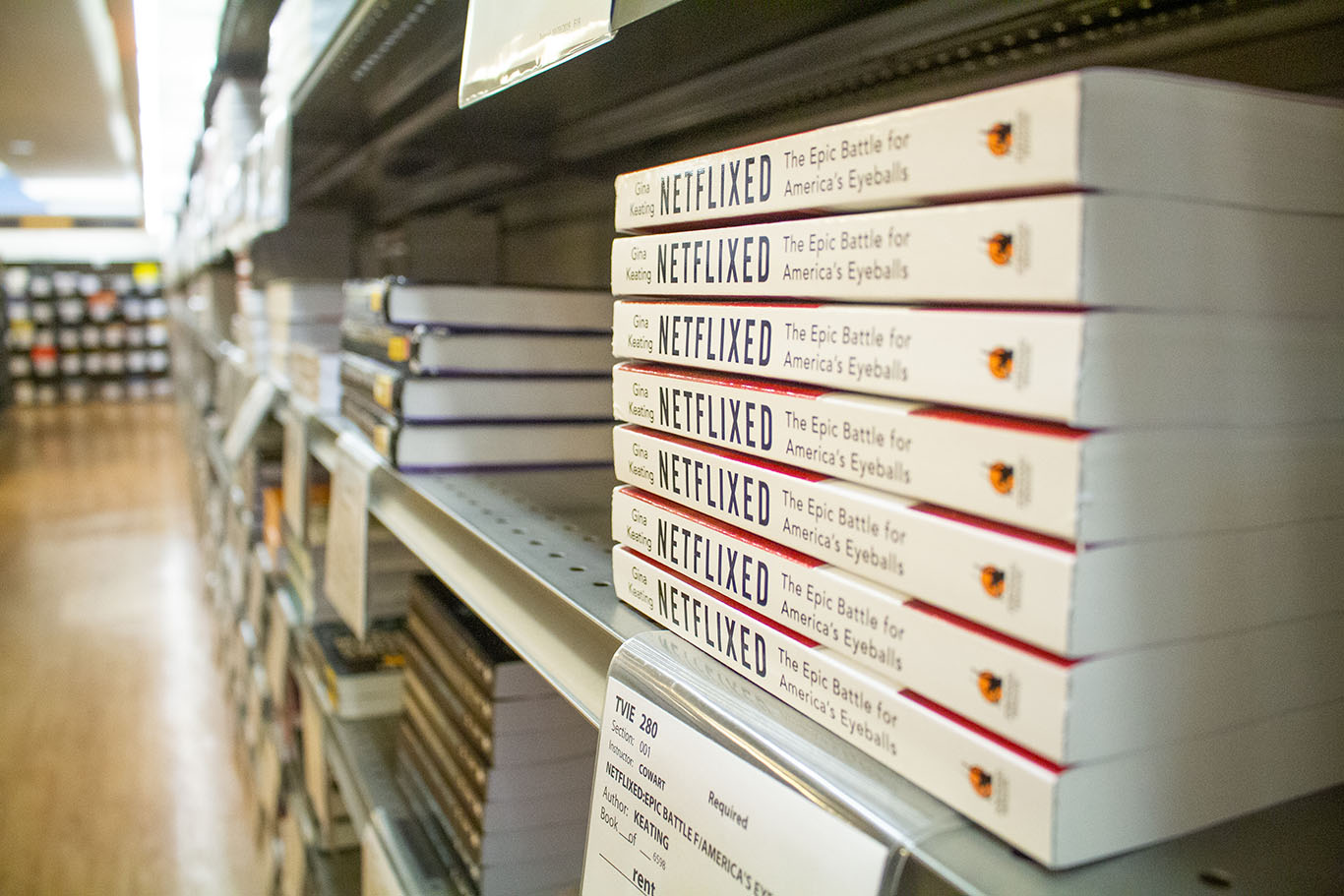
This is an article that I have been both dreading and itching to write. Mulling over each sentence, figuring out how to follow it up, ensuring each word is perfect. It has become not only a habit for me over the last three years but also a necessity.
However, instead of waxing poetic (as I am prone to do), I’ll give it straight: This is my last article for The Triangle as a Drexel University student.
That’s right. I’m leaving. This is my last article as a student at Drexel, but not my last for The Triangle. Not by a longshot.
My run began over three years ago with my first article on Oct. 7, 2016, published under the supervision of Opinion Editor Maggie Fedorocsko and Editor-in-Chief Alexandra Jones. I end it now, on Mar. 13, 2020, as my own editor under the direction of our current chief Nick Camarata. This road has had the ups and downs of a roller coaster. However, unlike a roller coaster, there has been a plethora of emotions.
Aside from these emotions, there have been lessons, laughs, tears, fights and everything you can think of. In each, I have interacted with some of the best people I’ve ever met, working together on bringing this great publication to you, the Drexel University family.
When I first came to the paper, I had no journalism experience. Seriously, I had none. My middle and high school didn’t have a publication, and journalism wasn’t a teaching option — more like a one- or two-month unit in English class. I didn’t even know I wanted to be a member of the media. All I knew was one thing: I wanted to write and open myself up to new experiences.
After the first few weeks here, I knew that I had found my calling. More importantly, I had found my home. I went from being undeclared to a communication major halfway through my first quarter, and I haven’t looked back since.
The more I learned in my studies from all my professors, the more I succeeded, the more I failed — I was able to put it all into practice at The Triangle. There were lessons that became highly valuable to me. I learned how to better myself and better the relationships I make, knowing that we are all on the same team.
I’m proud to say I’ve become a stronger leader by not only learning to follow but also teaching myself to create my path, even if it conflicted with the one everyone else wanted to take.
Even when I knew that people weren’t reading The Triangle (which, believe me, was very frustrating), it was the staff at The Triangle who taught me not to take it personally. They made me realize the point was not to appease people or give them what they wanted, but rather, tell them the truth, no matter how ugly it would be.
I’ve revealed about myself a lot in the last three years, opening up on my dealings with autism, how journalism wasn’t progressing the way it should, my personal and ever-evolving feelings on politics — the list can go on and on.
However, the one thing that I was determined to explain, as best I could, is that decency is something that has no political status. It comes from how we treat others, treat the world and treat ourselves.
If anything, the biggest lesson I hope that you learned from me is that you can not only dream, but also put the work in to make the dream come true. However, once it’s been accomplished, take that dream and put it to good use so it can benefit as many people as it can.
Before this article concludes, I want to thank everyone who got me to this point.
To my family, my mother Azita in particular, for always believing in me. Dooset daram.
To Anne Haftl, the former head of personnel for The Triangle, thank you for taking the time to email me back in 2016 and bring me in. I’ll be forever grateful.
To Alexandra Jones, Billy Bauer, Gina Vitale, Mike Avena and Nick Camarata: Thank you for being the leaders who pushed me to be the best. Even a simple “no” without explanation was enough to motivate me to become stronger. I would not be here without you.
To Maggie Fedorocsko, Alex Nagy, Matt Brooks and Michaela Graf: Opinion was, and has always been, my home. Thank you for everything you have taught and given me, even if I annoyed you. You guys are truly tough and made of something else for dealing with my trying ways these last few years.
To every editor and staff member I have worked with, particularly Matt Coakley, Tash Hajo, Walker Alexander, Calvin Kiniale, Kim Post, Virginia Tanner, Jason Sobieski, Tosh Farrell, Michael Duffin, Ethan Hermann, Ben Ahrens, Mikayla Butz-Weidner, Maeve Hennessey, Sanju Ramanathan, Mark Budd, Jahnavi Kalyan, Ryan Bosch, Gina Fitzpatrick, Emma Dietz, Sarah Miller, Virginia Wardell, Zoe Sucato, Utkarsh Panchal, Alex Pachkowski and Stefan Kusmirek: you guys are a major part of the reason I am here, and even if you knew this already, I deeply appreciate everything you have taught me. I’m sure it’ll take me far.
To the Triangle writers — not just in Opinion, but in every section I have written in — you are all too numerous to name, but you each have an extraordinary place in my heart. I will miss you all deeply.
I hope that, from these, you’ve learned a lot about me. I know that I’ve learned a lot from you.
Armon out.


